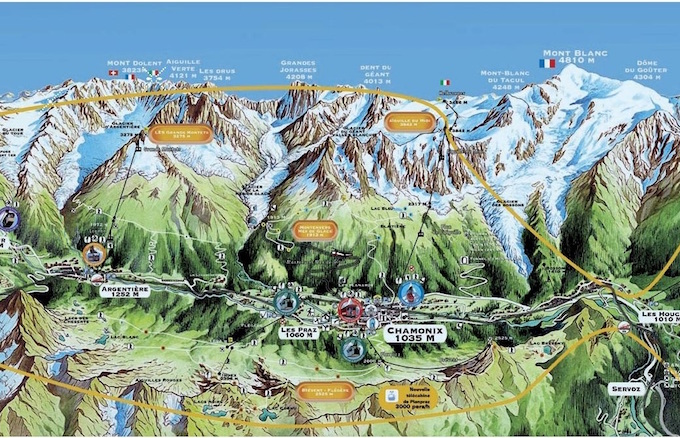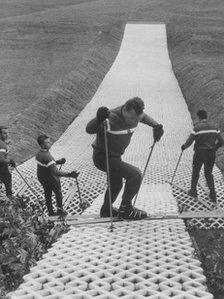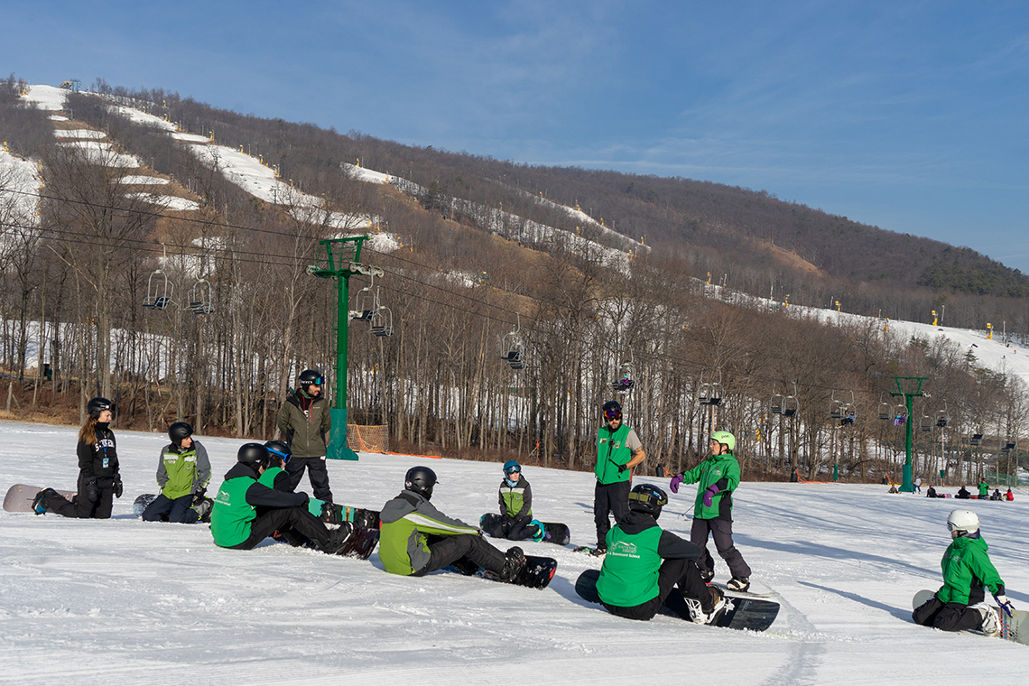
Cross country ski stopping is a skill that takes time to master and requires practice. It's important that you understand that there are many methods to control the speed of your skis.
Start downhill on a gradual slope and build up your skills until you become proficient. This will allow for you to see how fast you can glide downhill safely and help you gain confidence in trying new techniques.
How to Stop With Your Cross Country Skis
The skis are less stable that traditional downhill skis. This can cause it to be difficult to stop fast and accurately when you go downhill. When you are going downhill, slow down by pulling your skis apart or pointing your tips together. You can also get a little more control by keeping your feet and knees bent and your arms and poles out in front of you.

Cross Country Skiing
Cross-country skiing can not only be an enjoyable way to get in some exercise but it can also allow you to discover new places during winter. It is possible to find trails in areas otherwise inaccessible. There are also places where snowmobile associations have worked hard in creating multi-use trails.
These trails can be found in both the US and Canada. However, you will need to verify with your local snowmobile organization that they allow you access to their land. In the US, trespassing is illegal on privately owned land without permission from the owner, but in Canada you can usually cross private property as long as it isn't a hunting or fishing area and you have a signed agreement with the landowner to use the area for recreational purposes.
How to Pass Other People on Single Tracks
If you are new to skiing or aren't sure whether you can safely pass another skier on one track, you should consider moving off the tracks. However, experts prefer to move on the tracks.
How to Pass on Double Track
It is tempting sometimes to speed up while going downhill. However, this can be dangerous. You could get tangled up in tracks or even fall off your skis if you go too fast.

You can go downhill safer and more easily if you hold your skis in a squat pose. Then, slowly slide them downhill. This position lowers your center-of-gravity and makes it easier adjust your balance in case of rocky descents.
How to Get Up the Hill
You can use the "herringbone” method to climb a hill. To do this, point your toes outward and create a V-shape. Next, roll your ankles inward so that your skis stick to the snow. This will allow you to stand on the skis without sliding backwards and will help you build up the strength needed for a quick and smooth step up a hill.
FAQ
What snacks can you take on a plane with you?
You have many options for snacks to take with you when flying. It is a good idea to bring along any food you love while you travel.
You could pack, for instance, chocolates and other chocolate-related treats.
If you're looking for something savory, perhaps you could try packing some cheese or crackers.
It's also worth considering what kind of beverages you'd prefer to have aboard. You might prefer something hot or cold.
You can bring any type of snack or beverage, but make sure you pack them securely.
This will ensure that your belongings are safe during transport.
Should I purchase travel insurance?
Travel insurance is essential if you are planning on doing something adventurous. You should ensure that you have coverage for all types and forms of adventure sports.
You should make sure you have insurance if you ski. You should also look into getting coverage for things like theft, loss, and damage.
Consider purchasing cancellation coverage. This means that you can cancel your holiday without paying any penalties.
Additionally, it is a good idea to ask for emergency evacuation coverage. This includes evacuation from the mountain in the case of an earthquake or other natural disaster.
Where should I store my luggage
There are many options. The most popular option is to use lockers in airports. They are generally located near security. They are usually $5-10 per person, depending on the size of your locker.
Another option is to rent a storage unit. These units are commonly found outside shopping centers or large hotels. Some places offer discounts if multiple units are rented together. Prices can vary.
Third, you can hire a porter. A porter will take your luggage from the carousel and bring it to your room. He will charge a small service fee for each trip.
Statistics
- Alcoholic beverages with more than 24% but not more than 70% alcohol are limited in checked bags to 5 liters (1.3 gallons) per passenger and must be in unopened retail packaging. (tsa.gov)
- Between the ages of 11 and 13, kids, or tweens, will likely want some autonomy but also need boundaries. (travelandleisure.com)
- That's an 18% jump from 2019, the previous record year. (travelandleisure.com)
- According to Maori legends, this park holds 14 fjords that were all carved by a giant stonemason with an adze. (busytourist.com)
- Case in point: the private island of Ilha Caldeira, less than seven miles off the coast as part of the Primeiras and Segundas Archipelago, is located within the marine-protected area with 20 percent of the country's intact living coral. (travelandleisure.com)
External Links
How To
How to plan your next getaway
Planning a trip requires many things, such as booking flights and hotels, car rentals, activities, and so on. You must also consider your budget, destination, weather forecast, and other important factors.
These are important points to remember when planning your next vacation.
We have created a step to guide that will help you plan your next trip. This guide has been compiled using customer feedback as well as our own experience. This guide will help you plan your next vacation easily.
Steps:
-
Your Budget is an important step in planning your trip. You must know how much money you want to spend on your trip before you start thinking about where to go and what to do. In the event that you don't have enough cash, you might need to cancel your plans.
-
Book Flights – After setting your budget, you must book your flights. Make sure you choose the best flight deal available at the lowest price. Make sure to check for special offers during peak seasons. These deals may save you money.
-
Pick Your Destination. Once you've booked your tickets, the next step is to decide where to travel. Multiple factors will play a role in choosing the destination you choose, such as location (wherever you are), climate (what season), culture (how friendly and affordable it is), cost (how affordable it can be) and cost.
-
Finding Accommodations - Once you have chosen your destination, it is time to find accommodations. Various accommodation options are available, ranging from cheap hostels to luxury suites. It all depends on what you want and how much space you have. If you're looking for an area close to downtown, a hotel may not be the right choice. A homestay might be a better option if you are looking for quieter places far from the crowds.
-
Select Activities & Attractions - After selecting your accommodation, now is the time to select the activities and attractions you wish to include in your itinerary. You can choose to include only certain activities depending on how long you stay. Or, add multiple new activities throughout the trip.
-
You can now determine your schedule. Sticking to a plan will help you maximize the value of your trip. If you have the freedom to roam as you please, your trip will be even more enjoyable.
-
Create itinerary – This allows you to organize all of the details for your trip. You should list all the details, from flights to accommodation to activities to restaurants.
-
Research online - Make sure you do your research before you leave for your trip. You can read reviews and testimonials about other destinations to get their opinions. This will enable you to plan accordingly.
-
Don't Overpack - This is one of the most common mistakes people make when packing. Avoid bringing more than three sets of clothes. Wear clothing that is appropriate for the climate you are visiting.
-
Be prepared. Before you leave for your trip, make sure that everything is in order. Don't waste time searching for important documents in transit.